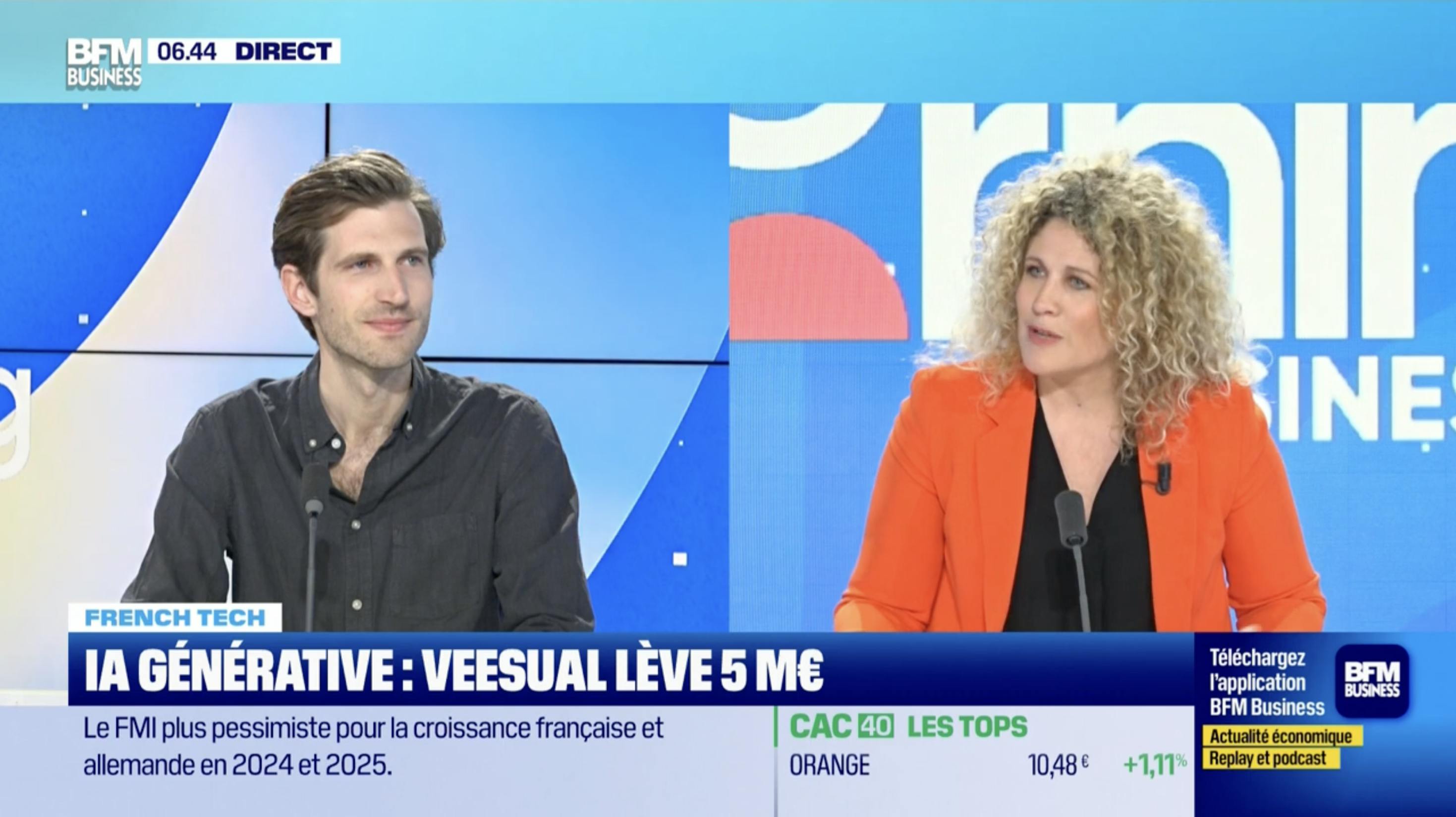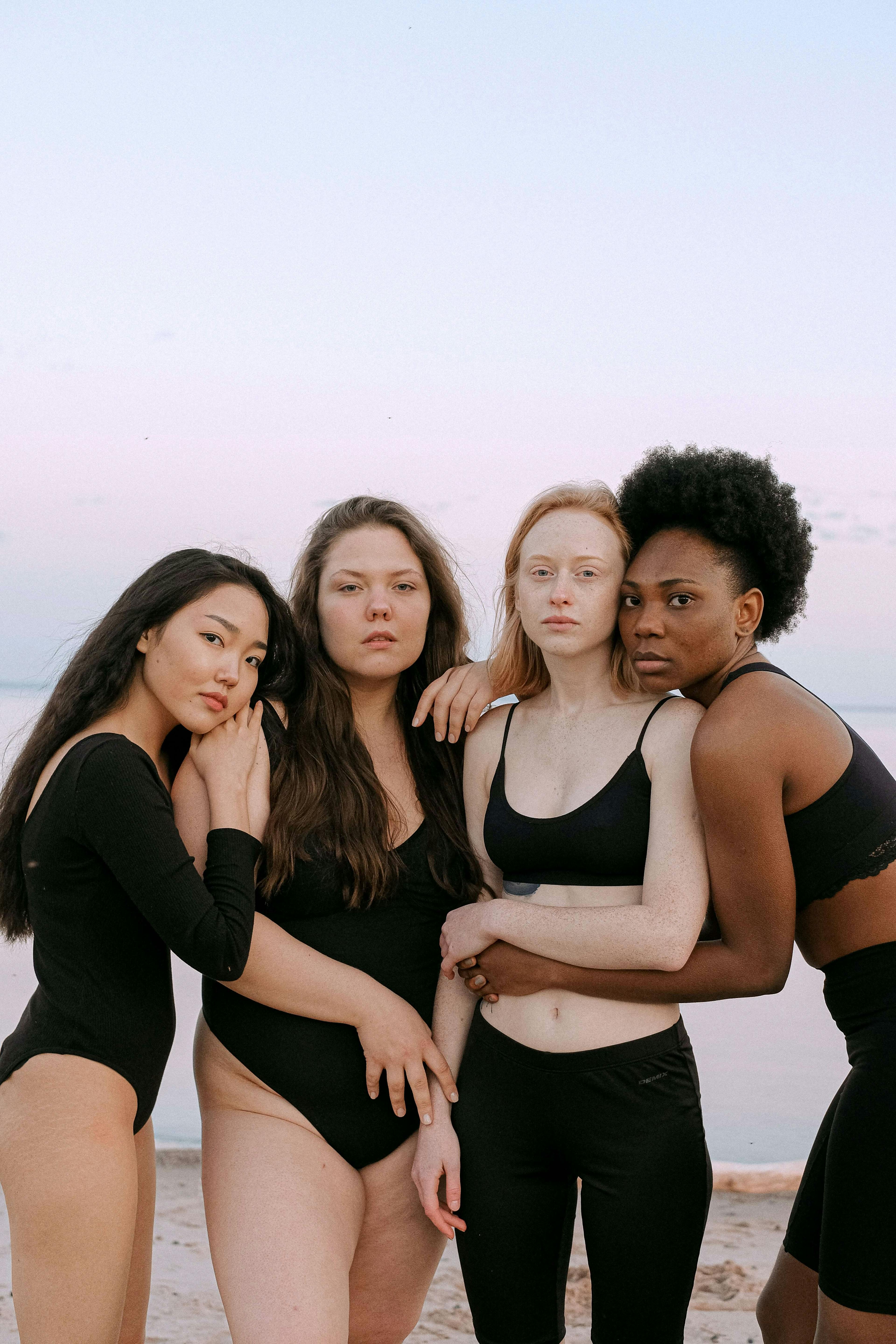
Diversity: the unexploited growth opportunity for fashion brands
The world of fashion is very often pointed out, especially for its lack of diversity. Whether it's during fashion shows, in stores or in advertisements, brands still tend to present us with a "standard" model: young white woman, tall, thin, long hair, etc. However, these models don't fully represent the diversity of society, and therefore don't illustrate all the customers around these brands. Yet, fashion brands should make diversity a priority, as it is a real opportunity for their growth.
Fashion brands must include diversity in their business strategy
One of the main changes in consumers' expectations of brands is that, with the financial difficulties, the criteria before buying a product or service have multiplied: origin, respect for the environment, buying experience, identification with the brand/values...).
These criteria are even more accentuated among ethnic minorities who denounce the lack of diversity and inclusion in brands.The report of the British advertising agency WPP, based on a study of more than 8,000 consumers, shows that "ethnic minority groups feel undervalued by brands, especially when buying luxury goods.
However, according to the same report, the combined disposable income of these minorities is expected to reach £252 billion per year in 2023, £3.06 trillion in 2031 and £16.7 trillion in 2061.
According to Karen Blackett, WPP's UK president in the Vogue article, if brands can "engage even one percent of this audience, they can unlock short-term growth of £2.34 billion in 2023, that figure rises to £12.3 billion by 2023 and £107 billion by 2061. "So brands had better capitalize on diversity to engage a wider audience.
Luxury brands must leverage diversity to increase revenues
Luxury brands can also exploit this opportunity to increase revenue in times of economic downturn, as the WPP report found that 5 out of 6 ethnic minority consumers buy luxury goods, compared to 4 out of 6 white consumers.
According to the same report, this difference is explained by the need for investment and generational asset building among ethnic minorities. It is also these same minorities who demand inclusivity and sustainability, who are looking for bold brands with a modern and innovative approach.
According to Blackett, luxury brands should foster a sense of belonging by ensuring that store staff represent these communities, that they offer product lines that match their needs, and that they prioritize inclusive messages in advertising.
Virtual fitting: the key to inclusion and diversity in e-commerce
1) Veesual gives back the choice to customers, on the models and the images
According to Mr. Benders Damian, CEO of My Code Media in the Vogue article, "the days when a flashy ad or a one-time activation could convince the target customer are over.
Consumers are increasingly value-driven, and are attracted to brands that participate in today's struggles (inclusion, diversity, sustainability...).With this in mind, a company like Veesual was born, with the goal of helping fashion e-tailers reflect diversity and inclusion in their online stores.
In the Mix&Match experience, an option called "Switch Model" allows customers to choose their model according to morphology, size, origin... Giving customers the possibility to choose their model, allows them to project themselves more easily during their purchases, and helps them to appropriate the brand.
2) Inclusion and diversity is not only for minorities
The idea that ethnic minority consumers are the only ones concerned about inclusion is completely false, as 80% of white consumers are concerned about racial equality and 77% believe it is important for brands to promote diversity and inclusion, according to the WPP report.
Addressing this issue will not only help brands retain existing customers (who support inclusion and diversity), but will also allow them to increase revenue by attracting a new target audience. According to WPP's report, diversity and inclusion efforts should be considered a foundation for brand growth.
They should be part of brands' business strategies, not just the "social responsibility" part of the business.Blackett said the issue of inclusion and diversity should even "be a business imperative, like your net sales, profit margin or cash flow forecast."
It is essential for brands to understand the current needs of consumers, what makes them buy from one brand versus another, and what makes them loyal.
Today, brands must align with consumers' values by sending inclusive messages; respond to their evolving needs by offering experience innovations; and address their environmental demands.
RESOURCES
Discover our new article
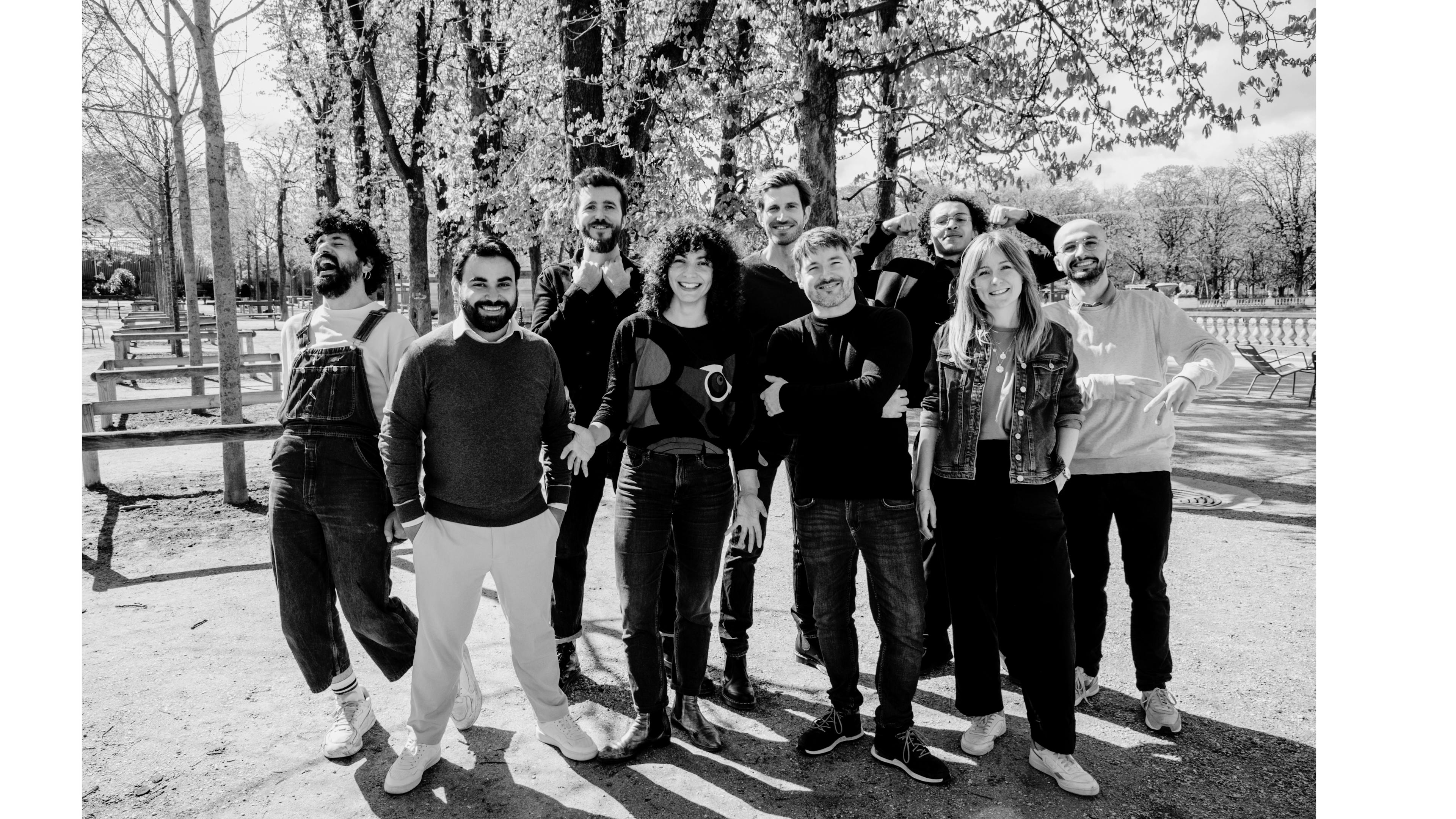
Veesual raises 5 million euros
We are thrilled to announce that AVP and Techstars are joining our journey at Veesual. This exciting development marks a significant milestone as we aim to become a global leader in AI-powered image-generation technologies for fashion.
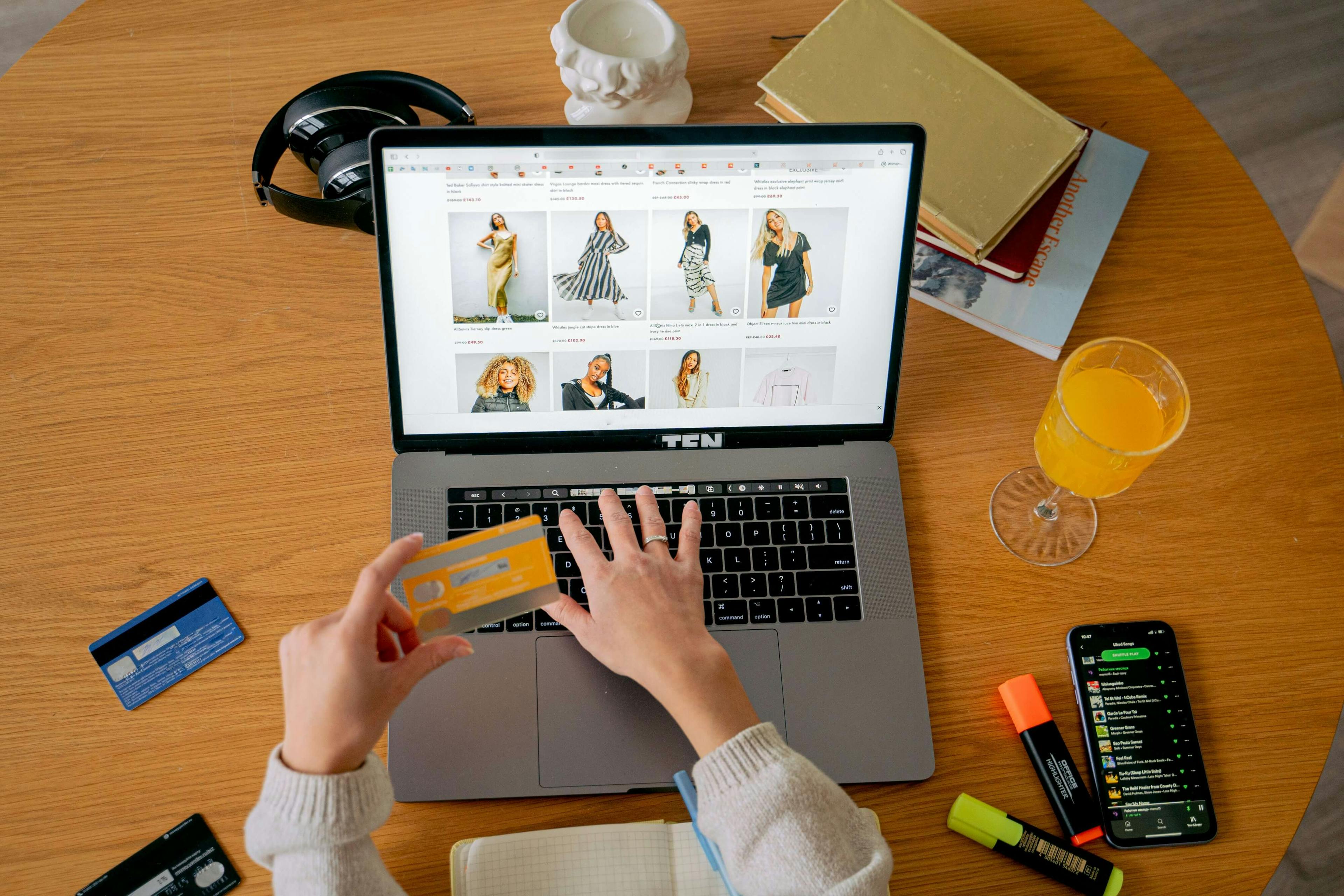
Why does personalization make a difference in fashion e-commerce?
Nowadays, fashion e-commerce is a very competitive sector, with increasingly demanding customers. Fashion brands have to find solutions to stand out, increase their performance and satisfy their customers. It's no longer just about offering the best products, but also about providing an impeccable shopping experience. Personalization is a solution to meet this challenge.
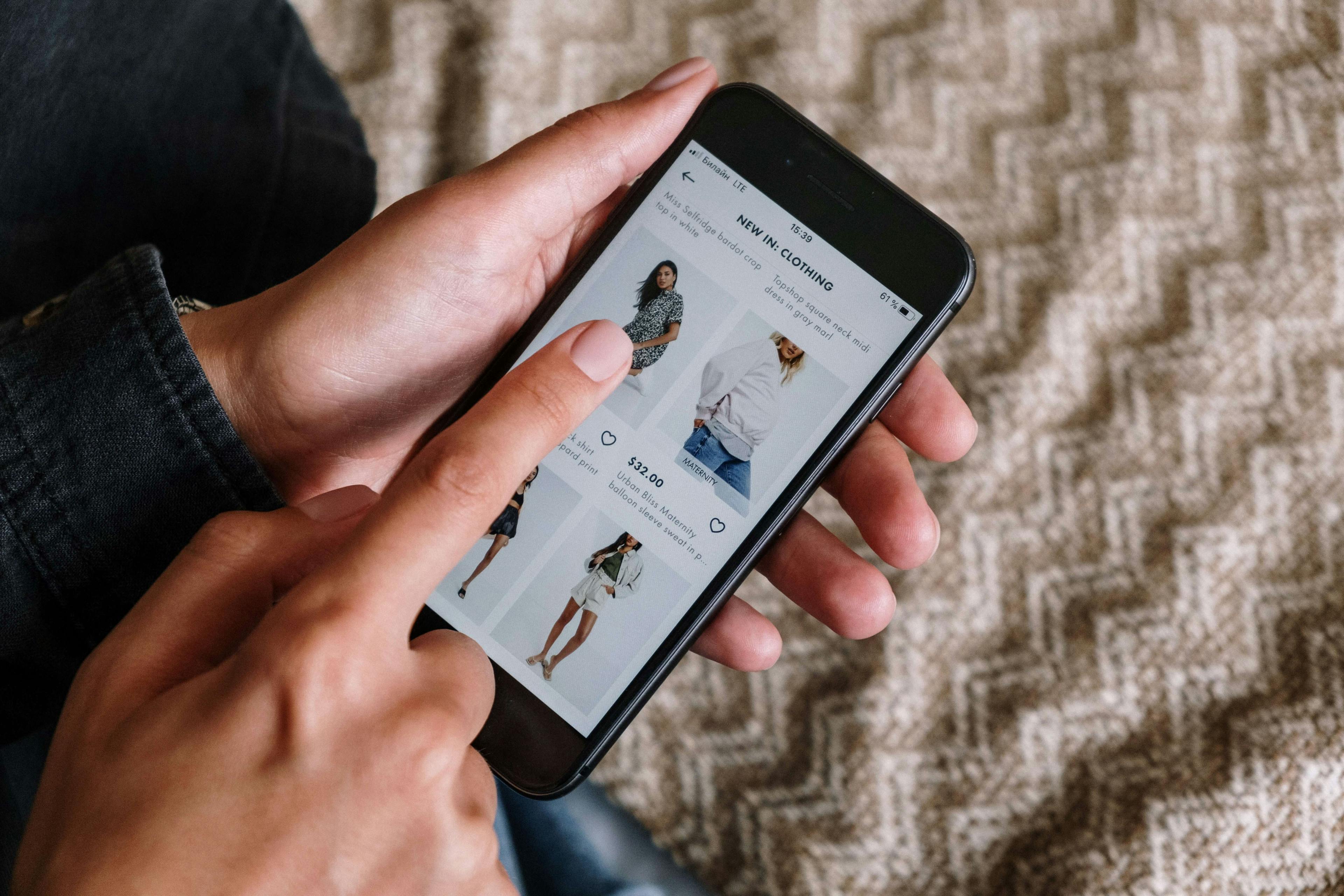
Myth 1: Virtual fittings are not realistic, because you can't actually try on the clothes.
In the fashion e-commerce sector, virtual fitting has become a must-have feature, but it remains a controversial subject for some.In a series of articles, we're going to demystify the myths surrounding virtual fitting. The first is that virtual fitting is ineffective because it doesn't offer a real fitting experience. We can start by recalling that e-commerce customers are those who rarely, if ever, visit physical stores, for a number of reasons: lack of time, no attraction to in-store waiting, especially for fitting room queues. Brands need to be able to adapt to these customers, because the need remains the same: to buy clothes. And, as in a physical store, this purchase is based on several aspects and questions: "does it fit me", "do I like it", "what would it go with"... The virtual fitting experience answers these questions by reproducing as closely as possible the fitting room in a physical store.
